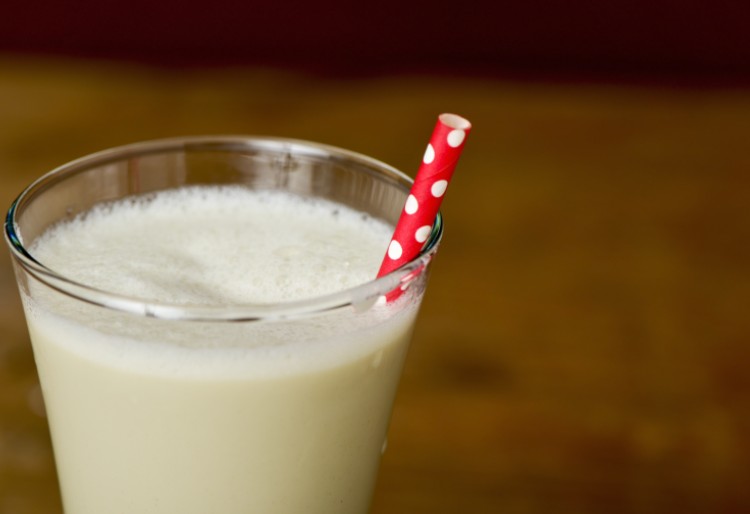Types of horchata
What properties does horchata have? We tell you the different ways to have it: fresh, frappe, and even in ice cream.
TRIED AND TESTED
Share

Ways to have horchata
• As a drink: this is the most common way and is usually accompanied by fartons, a traditional Valencian sweet, to dunk in very cold horchata
• Frappe: is served one degree below freezing point in order to increase its power to refresh even further. It is eaten more easily with a spoon. Being one point below freezing increases its flavour.
• Mixed: half liquid and half frappe. As refreshing as a frappe but, by mixing with a chilled drink you can consume it more quickly. You can enjoy this with fartons.
• Frozen: as an iced lolly without additives or as a cream with added milk or cream.
Types of horchata depending on their preparation
According to the Regulatory Council of the Tiger nut Denomination of Origin of Valencia, you can differentiate between 4 types of horchata depending on their system of preparation and preservation.
Natural
Natural
This is prepared using the appropriate proportions of tiger nut, water and sugar so that the product has at least 12% soluble solids expressed as ºBrix at 20°C, a minimum starch content of 2.2% and 2.5% of fat. It has a minimum pH of 6.3. Total sugars expressed as sucrose are over 10%. Both the starch and the fat derive exclusively from the tubers used for the preparation of the horchata. It can be served as a drink, a frappe or frozen.
Natural pasteurised
The horchata undergoes pasteurisation treatment below 72°C without the inclusion of any technological or other types of additives. Its organoleptic and physicochemical composition and characteristics are the same as natural horchata.

Sterilised
The horchata goes through a technological process that transforms or suppresses its starch content, totally or partially. After packaging, it is then processed by means of a heat treatment which ensures the destruction of micro-organisms and any activity of its resistant forms. The product has a minimum of 12% soluble solids at 20ºC. Its minimum fat content is 2% and these fats are exclusively derived from the tubers used. Minimum pH is 6.3 and total sugars expressed as sucrose are over 10%.
UHT
The horchata is put through a technological process that either totally or partially suppresses or transforms its starch content. It is then processed through UHT heat treatment which, after sterile packaging. This ensures the destruction of micro-organisms and the inactivity of resistant forms in accordance with the definition provided in the “Microbiological characteristics” section of Royal Decree 1338/1988. The product has a minimum content of 12% soluble solids at 20ºC. Its minimum fat content is 2%. The minimum pH content is 6.3, and total sugars expressed as sucrose are over 10% when using sugar.






